Guardians of the Tweed recruited over river health
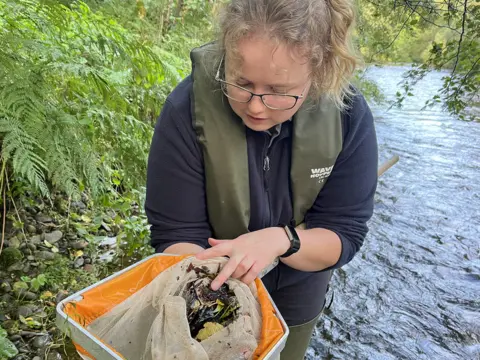 BBC
BBCVolunteers in the Scottish Borders are being recruited to monitor the health of one of Scotland's best known rivers.
With reports of sewage and other pollutants harming rivers across the UK, managers at the River Tweed are training up concerned locals to help with scientific monitoring.
They have received more than 20 expressions of interest so far.
A handful of "Guardians of the Tweed" have already been fully trained in how to monitor water quality.
Biologist James Hunt said: "This provides an early warning system."
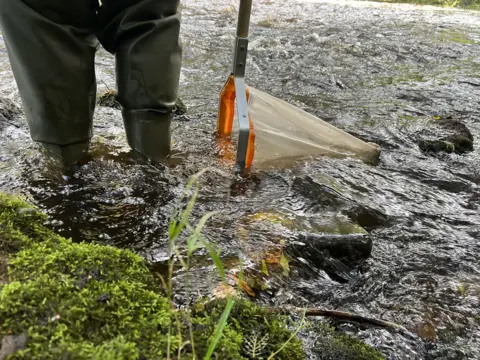
A growing number of rivers across the UK are being affected by pollutants which kill fish, cause illness for swimmers, and even destroy entire eco systems.
While the River Tweed and its tributaries have recovered well from the industrial pollutants of the 1960s and 70s, managers are taking no chances.
The Tweed Foundation signed up to the Riverfly Partnership at the start of the year to recruit and train volunteers for monitoring stretches of the rivers.
As well as learning to identify the various invertebrates that inhabit unpolluted water, the Guardians of the Tweed are given a course in obtaining samples and recording their finds.
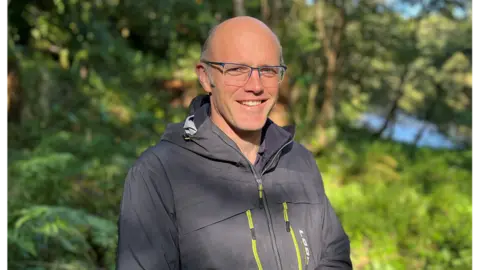
Mr Hunt, who is a senior biologist with the Tweed Foundation,said: "We, like many government agencies, are limited in our resources and that's where our citizen scientists come in.
"The volunteers let us know if the stretch of river that they monitor is still of good water quality, or if there is a problem with sewage or perhaps farming pollutants.
"It's a simple system of the Guardians taking samples and recording what invertebrates they find. Through their training they will realise if there's something wrong and can flag it up for us to investigate."
Although the River Tweed and its tributaries are regarded as being healthy, salmon numbers have dropped significantly over the past decade.
It is hoped that by maintaining water quality, along with other measures, increasing numbers of migrating fish will return to the River Tweed.
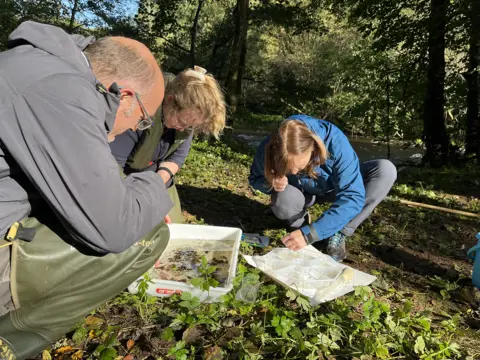
As well as sampling and counting the mayflies, caddisflies, stoneflies and shrimps within the river, the Guardians of the Tweed also watch from the banks for other signs of pollution around their area of river.
With the Tweed itself stretching for close to 100 miles from Tweedsmuir down to Berwick, and having dozens of tributaries, including the Whiteadder, Teviot, Leader, Ettrick and Eddleston Water, patrolling and monitoring the entire catchment is impossible for river authorities.
Biologist Suzanne Taylor believes the work of the growing number of volunteers will be crucial in maintaining the Tweed catchment's health.
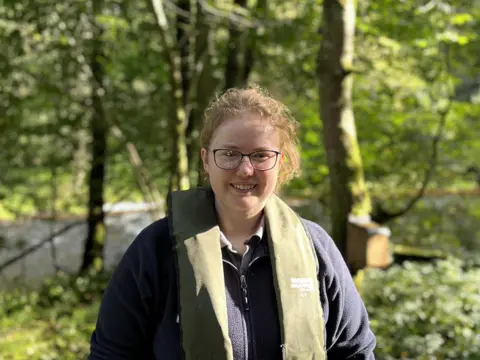
She said: "Freshwater invertebrates are an indicator species - their presence, abundance or absence tells us a lot about about the health of a river.
"The system used by volunteers is designed so that its easy to use and, at the same time, gives us a valuable insight into different sections of the river.
"This monitoring can detect incidents of pollution that maybe only lasts a few weeks and would otherwise have gone undetected, as well as the start of more significant problems."
The Guardians of the Tweed scheme has already attracted interest from anglers, wild swimmers and others who live close to the Tweed or its tributaries.
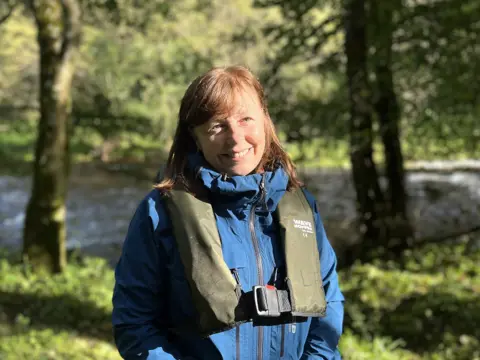 Google
GoogleAnne Woodcock from near Melrose recently graduated from the Guardians of the Tweed training school.
She said: "I now know what all these little bugs are and how important they are to the health of the river.
"I walked along the banks of the river every day with my dog, and this was a great opportunity to give something back."
